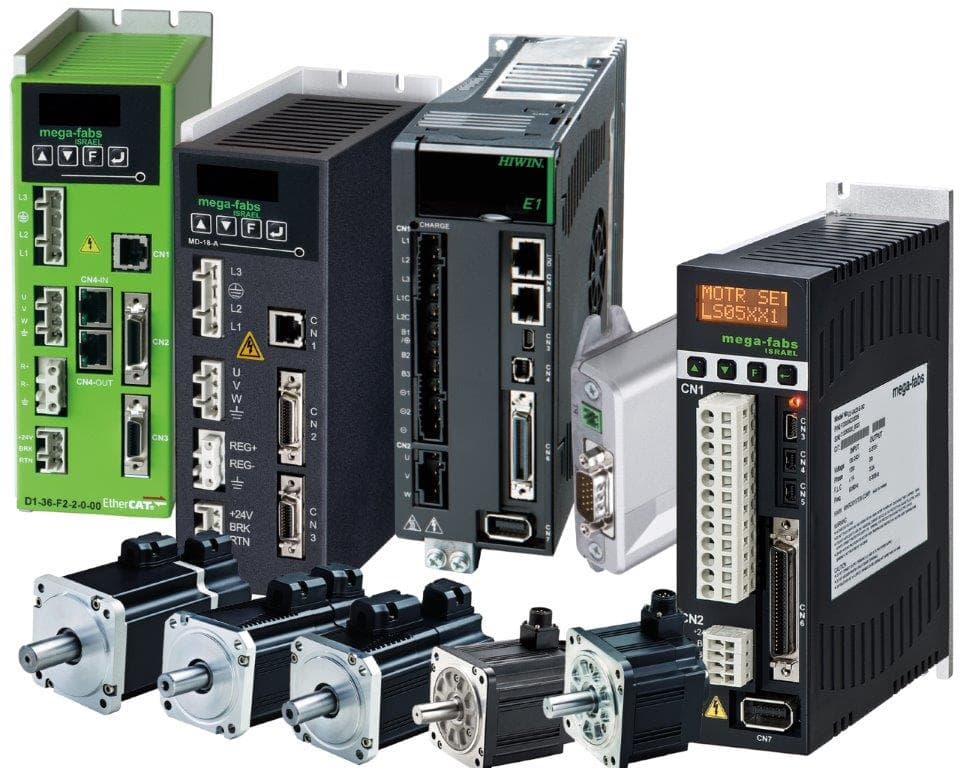A product that utilizes frequency conversion technology is the servo system or Fuji Ac servo Drives. An automated control system uses a mechanical position or angle as the control object mechanical position or angle is for the control object by a computerized control system. The servo systems can regulate position precisely, quickly, and steadily in conjunction with speed and torque.
The generalized servo system or fuji ac servo drives, also known as a follow-up system, is a control system that precisely follows or replicates a certain operation. Alpha 5 Fuji Electric, ALPHA 7 Fuji Electric, and LV drives are examples of servo system
The position follow-up system is the name given to the narrow sense servo system. The load machine’s space position’s linear or angular displacement is the controllable output quantity. The system’s primary goal is to rapidly and precisely duplicate the change in a particular amount when the location of an input quantity changes randomly.
Structure of Servo System or Fuji Ac servo Drives:
The architectures and varieties of mechatronic servo control systems are many. Among them are:
Controller
Typically, the controller is a PID also known as a proportional, integral, and derivative control circuit or computer. Its primary responsibility is to translate the deviation signal produced by the comparing element so that it may be useful in driving the actuator.
Controlled Object
A mechanical arm or a working platform comes under the controlled object.
Execution Link
The execution link’s role is to transform different types of input energy into mechanical energy following the demands of the control signal to propel the controlled item into action. Numerous motors or pneumatic and hydraulic servo mechanisms are typically referred to as the executive elements in a mechatronics system.
Detection Link
The term “detection link” refers to a component, often made up of a sensor and a conversion circuit, that can detect the output and transform it into the dimension needed by the comparison link.
Comparison Link
The comparison link, which is often implemented by a specialized circuit or computer, compares the input command signal with the system feedback signal to derive the deviation signal between the output and the input.
Specifications and capabilities of the servo system:
The feed system of a typical machine tool is fundamentally different from the servo system. Depending on the instruction signal, it can precisely regulate the executing part’s motion speed and location. The servo system, a crucial element of the numerical control system, serves as the interface between the numerical control devices and the machine tool. It has these characteristics:
- It must feature a very accurate sensor that can provide the output electrical signal with accuracy.
- The control system and the power amplifier must both be reversible.
- adequate low-speed load performance and a wide enough speed range.
- Strong anti-interference skills and quick response times.
Various Servo System Types:
- Three loops—open, closed, and semi-closed—are recognized under the control principle.
- There are several servo system types, including motion, speed, force, and moment, depending on the nature of the controlled quantity.
- There are servo drive forms for electrical, hydraulic, and pneumatic drives, depending on the driving mode.
- There are three types of servo motors: stepper, DC, and AC depending on the actuator.
Components of Servo System or Fuji Ac servo drives:
Actuator types and features
- Electric Actuator
The most often used electrical actuators include electromagnets, stepper motors, direct current (DC) servo motors, and alternating current (AC) servo motors.
- A hydraulic actuator
Reciprocal cylinders, hydraulic motors, rotary cylinders, etc. are the major types of hydraulic actuators, with cylinders being the most used. Hydraulic parts are light and quick when compared to other parts with the same output power.
- Pneumatic actuator
The only difference between pneumatic and hydraulic actuators is the operating medium, which is for compressed air in the case of pneumatic actuators. Despite having a higher driving power, stroke, and speed, the pneumatic drive cannot be easily employed in situations requiring high positioning precision due to the air’s weak viscosity and compressibility.

